Exhibition on human genetic diversity with guided tours open to the public
After three months on display in the main atrium of i3S, the exhibition “A Journey Through Human Genetic Diversity” (which combines Art and Science) will be open to the public with the assistance of one of the curators. The guided tours will take place on the 6th, 13th, 20th, and 27th of April, between 4:00pm and 5:30 pm. The tours are free, but prior booking is required.
The exhibition which opened on January 16th and has already received more than a thousand visitors and around 700 high school students on guided tours, describes the journey of Fernão de Magalhães and Juan Sebastián Elcano from the perspective of the genetics of the people, their diversity, and heritage. The first circumnavigation, which took place between 1519 and 1522, was commanded by Magalhães and completed by Elcano, was not only the first expedition around the world, but also contributed to contact with an enormous diversity of lands, peoples, and cultures. Taking this trip as a baseline, this exhibition attempts to show human genetic diversity through space and time, based on today’s scientific knowledge.
Organized as part of the “Ancestry Traveler” project, this exhibition leads us to discover our common history, which is recent when considered on the scale of life on Earth, but epic in spatial and temporal terms. “We decided to represent complex concepts of human population genetics in a visual way, making it easier to understand that we are more similar to each other than other species of mammals”, explains Júlio Borlido Santos, one of the exhibition’s curators.
“In fact”, highlights Luísa Pereira, also curator of the exhibition and coordinator of the Ancestry Traveler project, “only around 0.1% of our DNA varies between individuals, which means that all humans share 99.9% of their genome among themselves. The greatest human diversity is found in Africa, where we have lived for 300 thousand years. The human beings who left Africa did so in small groups and very recently, and as such, the genetic diversity of non-African populations is very small”.
The exhibition focuses on the two great journeys of humanity: the first represents the expansion of modern humans (Homo sapiens) across the globe and occurred around 70,000 years ago with the successful migration of a small group of modern humans outside of Africa, which expanded across the immense terrestrial territory. One of the genetic effects of this journey made by small founding groups was the reduction in the genetic diversity of populations the further they were from the original region of Africa; The second journey circumnavigated the vast “archipelago” of continents and was undertaken between 1519 and 1522 by Fernão de Magalhães and Juan Sebastián Elcano. This journey was by sea, mostly through the southern hemisphere, and in the opposite direction to human expansion. This voyage proved that global travel by sea was possible.
Visitors to the exhibition “A Journey Through Human Genetic Diversity” will also have the opportunity to visualize the immense information that makes up the human genome and its organization into 23 pairs of chromosomes that are in the nucleus of each of our cells (our nuclear genome) and in a small DNA molecule within the mitochondria (our mitochondrial genome).

